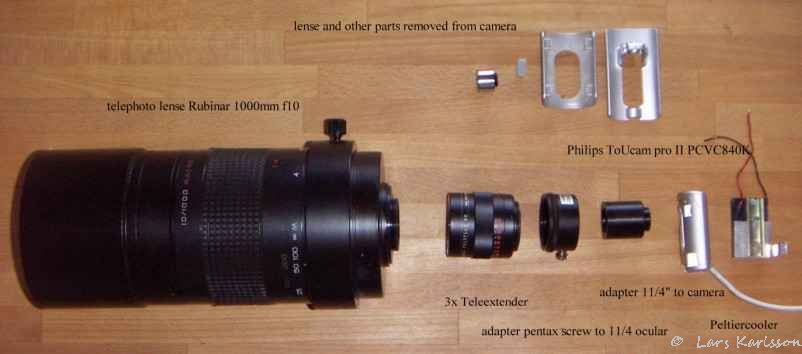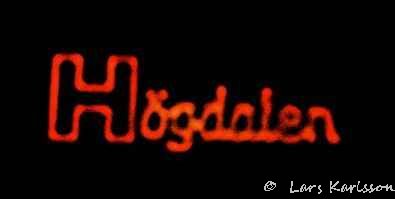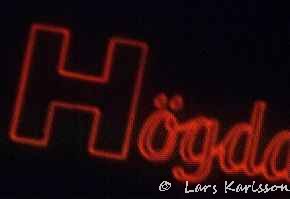|
Advertisement / Annons: |
My old astronomy project:
|
|
Content: |
|
1: Mechanical parts
The idea behind the web camera for astronomy is to take a lot of photos with short exposure time of the same object, several hundreds (movie), and then choose those ones that are of good quality. short exposures will freeze air movement and slower vibration (very high magnification). Short exposure (<25 ms) will also mean noise, summing a lot of images will reduce that noise. Because of the small (far away) objects (planets) you need this high magnification. 8000 mm focal length are not uncommon, that compare to an objective of 60000 mm to your 35 mm camera (because of the small sensor chip, about 1/8 of a 35 mm film). There are a lot of free programs to control the camera, K3ccdTools for the camera and registax2 for image processing. Look under menu Links Objects that are good targets for this technic are Moon (30'), Mars (17''), Jupiter (45''), Saturn (19''). One degree is 60' (arc minute) or 3600'' (arc second). My first attempt to build a web cam for astronomy photo: A Philips web camera ToUcam PRO II 840 will be used for this purpose. Unnecessary parts are removed and two adapters are used. One to convert the Pentax screw to 1 1/4" ocular holder, this one is built of Intes (Russia). The other adapter from 1 1/4" to camera has been manufactured by myself. A similar type of adapter can also be find at Astroteknik. There is also an opportunity to add a T2 to M42 adapter for connection to more ordinary telescopes. The used Rubinar lens has a theoretical resolution of 1.1", together with a 3x tele extender it will give an image scale of CCD (0.56 um pixel size) to 0.4" per pixel. The field will be about 4' by 3' (the moon is 30'). The Pielter cooler hasn't been implemented yet and maybe not necessary. Now I'm waiting for clear skies!
|
2: Test of camera with neon lightsA simple test of the Philips 840 web camera and the Rubinar 1000 mm f10 lens. A neon light source at a distance of 4460 meters and about 12 meters wide will be the target. The theoretical resolution of this 105 mm diameter lens is about 1.4 arc sec i.e. the closest two point can be and still be resolved. For the distance of 4460 m it compare to 0.03 m. What about pixel to pixel distance or what focal length do we need? The pixel to pixel distance is 5.6um, but this is a single chip color camera and then the distance between two pixels with the same color filter is twice that. The diagonal distance is about 1.4 times that. The sample theorem say that we need twice no of pixels to resolve the two point. It give a focal length of 4.6 m but the drizzle technic will shorten it by some factor. Ideal should be about 2m for a perfect lens with this diameter. Photo taken with Rubinar Lens 1000 mm with 2x tele extender and unmodified camera 
Not bad but could be much better as we shall see. Camera as described earlier.
|
3: Second test
Same lens as above but now with 3x (3000mm) tele extender and reprogrammed processor for raw format. Now the camera processor has been reprogrammed to deliver raw images. That what's make the big change in resolution. You can read about it here and how to do it:
3000mm on this web camera correspond to a 24000 mm telephoto lens with a normal 35 mm film! Image is also 2x drizzled, done in Registax. Resolution about 0.1 m or better, not to bad under this condition! A 3000 mm focal length is to long, it has oversampled the target, better will be a 2x tele extender which will give more light and then shorter exposure time, it maybe will help to deliver even sharper images. I also need an IR-blocking filter in front of the camera sensor. A lens can not focus both the IR an visible wavelength at the same time, the image will look blurry. Not a problem in this case because the neon light only transmit a narrow red wave length.
|
| Go Back |